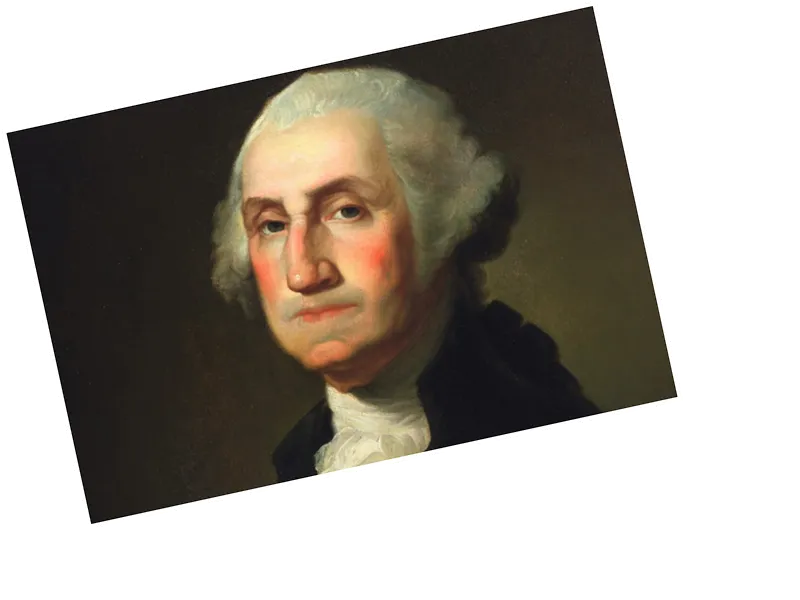The Evolution of American Elections: A Historical Overview
The political history of American elections dates back to the founding of the United States in 1788, marking the beginning of a democratic system that has evolved through various stages. The first presidential election, held on February 4, 1789, resulted in George Washington becoming the first president under a system established by the Electoral College. Initially, voting rights were limited to property-owning white men, but over the years, amendments expanded these rights to all citizens over the age of 18, reflecting the ongoing struggle for voting rights in America.
The Rise of Political Parties and Key Elections
The period between 1824 and 1860 was crucial for the development of the two-party system in the U.S., with the emergence of the Democratic and Republican parties. The contentious election of 1824, where no candidate secured a majority, led to John Quincy Adams' presidency through a House of Representatives vote. This era saw increasing divisions, particularly regarding slavery, culminating in the election of Abraham Lincoln in 1860, which sparked the Civil War. Lincoln's efforts to preserve the Union and abolish slavery marked a significant turning point in American political history.
Modern Elections and Recent Developments
From the New Deal era of Franklin D. Roosevelt in the 1930s to the present day, U.S. elections have continued to reflect societal changes and challenges. The election of Barack Obama in 2008 as the first African-American president was a historic moment, followed by the contentious 2016 election where Donald Trump defeated Hillary Clinton despite losing the popular vote. The 2020 election saw Joe Biden win against Trump in a high-turnout election, with Kamala Harris making history as the first African-American woman vice president. This ongoing evolution of American elections illustrates the dynamic nature of democracy in the United States.





